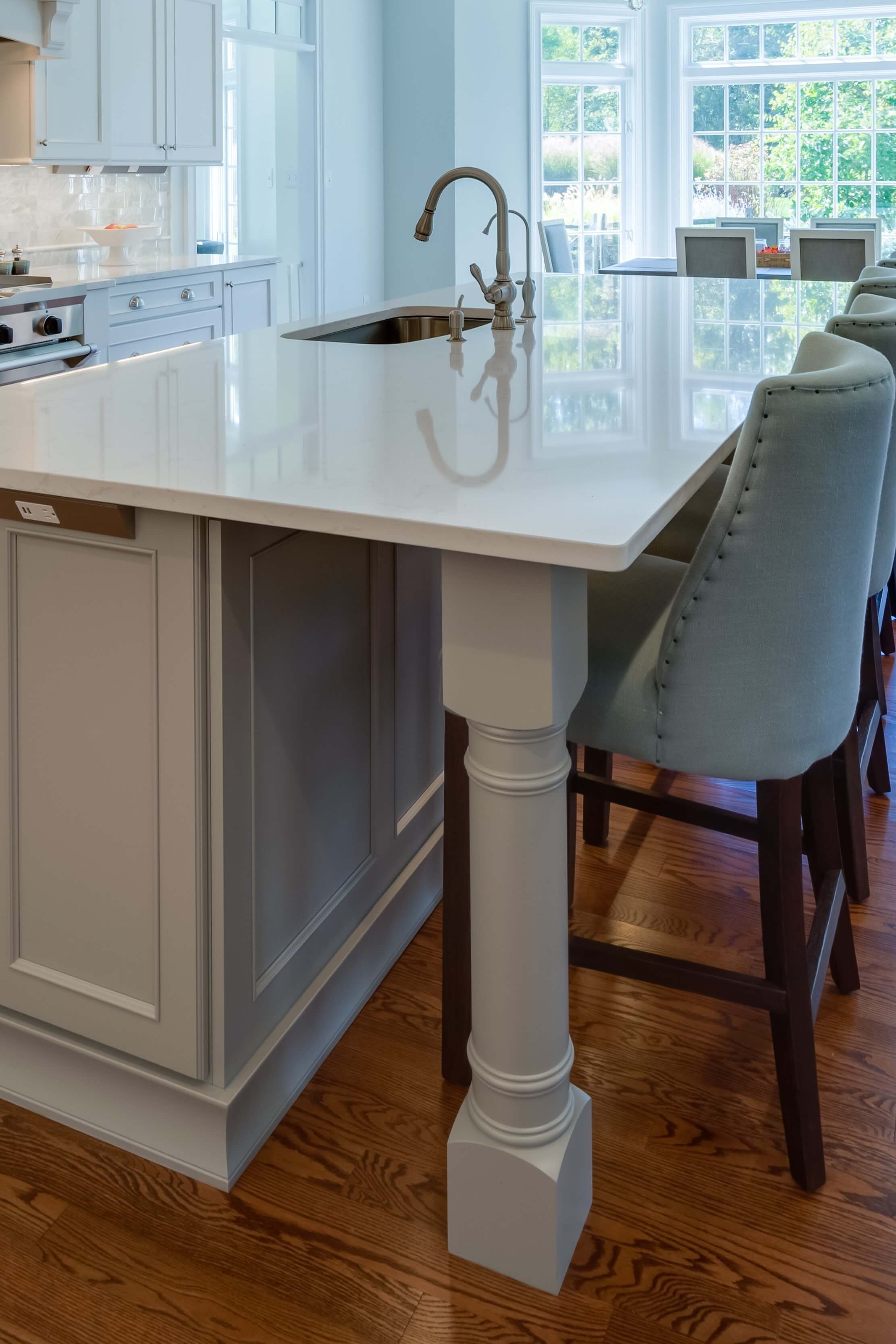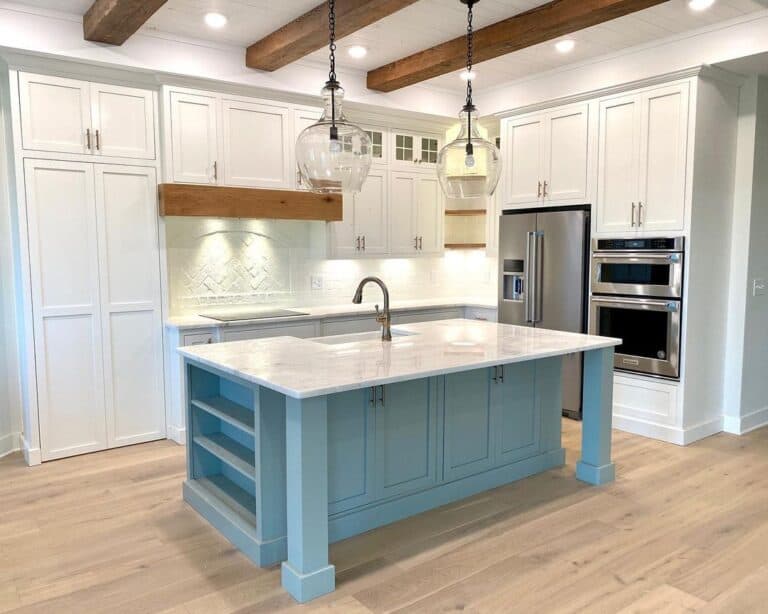Find Sturdy and Ornamental Legs For Kitchen Island Transformations
Find Sturdy and Ornamental Legs For Kitchen Island Transformations
Blog Article
Essential Factors to Consider When Selecting Legs For Cooking Area Island
Picking the ideal legs for a cooking area island entails a mindful evaluation of several elements that can significantly influence both capability and visual charm. Among these, the selection of product plays a critical role in ensuring durability, while the layout needs to complement the existing decor. In addition, factors to consider such as height and weight assistance are necessary for stability and convenience. As we explore these aspects, it becomes clear that each choice can have significant effects for the general kitchen experience. What subtleties should be considered in each of these classifications to achieve the excellent balance?
Product Options
When selecting legs for a kitchen area island, recognizing the various product alternatives is important for accomplishing both visual allure and structural stability (Legs For Kitchen Island). The option of product significantly influences not only the toughness of the island but also its general style and capability
Timber is a preferred choice, providing heat and flexibility. Solid hardwoods, such as oak or maple, offer stamina and can be stained or painted to match the kitchen area decor. Metal legs, frequently made from stainless steel or wrought iron, contribute a contemporary and industrial feeling while ensuring sturdiness and stability. These materials are resistant to wear and can support substantial weight, making them perfect for larger islands.
Another option is crafted materials, like MDF or plywood, which can be much more cost-effective while still supplying a series of surfaces. However, they might not supply the exact same level of security as solid timber or metal. Last but not least, materials such as acrylic or glass can create a modern look, though they might require added support to ensure security.
Ultimately, the choice of material for kitchen area island legs must line up with the desired performance and the overall style of the cooking area.
Style and Layout

When considering design, the form and coating of the legs are critical. Conical legs can provide a feeling of agility and beauty, while thicker, extra robust legs can share strength and stability. In addition, the finish-- be it repainted, stained, or natural-- must complement the cabinets and kitchen counter materials to produce a unified appearance.
Moreover, the style of the legs can additionally mirror personal taste. Personalized or decorative legs, such as those featuring complex makings or unique geometric shapes, can function as centerpieces, including character and personality to the kitchen area. Inevitably, the appropriate choice will not only improve performance however additionally boost the aesthetic appeal, making the kitchen island a standout function of the home.
Height Factors To Consider
Picking the proper height for kitchen island legs is crucial, as it straight affects both performance and comfort. The typical elevation for a kitchen island look at this website typically varies from 36 to 42 inches, lining up with common kitchen counter elevations.

It is additionally necessary to represent users' elevations and preferences. Tailoring the height can make certain a comfortable experience for all household members, making the kitchen island a much more enjoyable and useful space.
Weight Assistance
Ensuring appropriate weight support for kitchen area island legs is vital for both security and capability. The kitchen area island usually serves numerous purposes, including cooking, eating, and additional storage space, demanding a robust support framework. When Check This Out picking legs, it is important to take into consideration the overall weight capability needed based upon the island's intended use and the materials that will be positioned on it.
The option of material for the legs plays a substantial duty in their weight-bearing capabilities. Solid wood, steel, and sturdy compounds generally offer remarkable toughness contrasted to lighter products. In addition, the design of the legs-- whether they are straight, tapered, or have a pedestal form-- can influence their capability to distribute weight successfully throughout the framework.
In addition, the leg positioning need to be purposefully intended to boost security. Legs placed at the corners or with a bigger base can much better support heavier loads. Always seek advice from the supplier's requirements regarding lots restrictions to make certain that the legs can maintain the desired weight without jeopardizing security. In summary, selecting kitchen island legs with ample weight assistance is crucial for developing a risk-free and practical cooking area.
Setup and Upkeep
Appropriate installment and maintenance of kitchen area island legs are critical for making certain durability and security. To begin, it is necessary to comply with the manufacturer's guidelines throughout setup. This usually includes safeguarding the legs to the island base utilizing appropriate fasteners, making certain that the legs are level and straightened. Utilizing a level device can help stop tottering and enhance the general visual appeal of the kitchen island.
Once installed, regular maintenance is needed to maintain the honesty and look of the legs - Legs For Kitchen Island. For wooden legs, periodic cleaning with a damp cloth and application of appropriate wood polish can stop wetness damages and preserve their coating. Steel legs might need a gentle cleansing option to eliminate oil and gunk, complied with by a dry fabric to stop corrosion formation
In addition, check the legs frequently for signs of wear or damages, such as cracks or loosened joints. Tightening screws or screws as needed can additionally extend the lifespan of the legs. By adhering to these installation and maintenance techniques, house owners can guarantee that their cooking area island remains tough and visually appealing for several years ahead.
Conclusion

Aesthetic coherence is extremely important in selecting the style and style of legs for a cooking area island, as these components significantly influence the general setting of the room. Tapered legs can offer a sense of agility and sophistication, while thicker, more robust legs can convey strength and stability.Selecting the proper elevation for cooking area island legs is crucial, as it directly impacts both functionality and comfort. In summary, selecting kitchen island legs with sufficient weight support is important for producing a risk-free and practical culinary space.
In conclusion, selecting legs for a kitchen island demands mindful factor to consider of numerous aspects, including material options, design, elevation, weight support, and setup.
Report this page